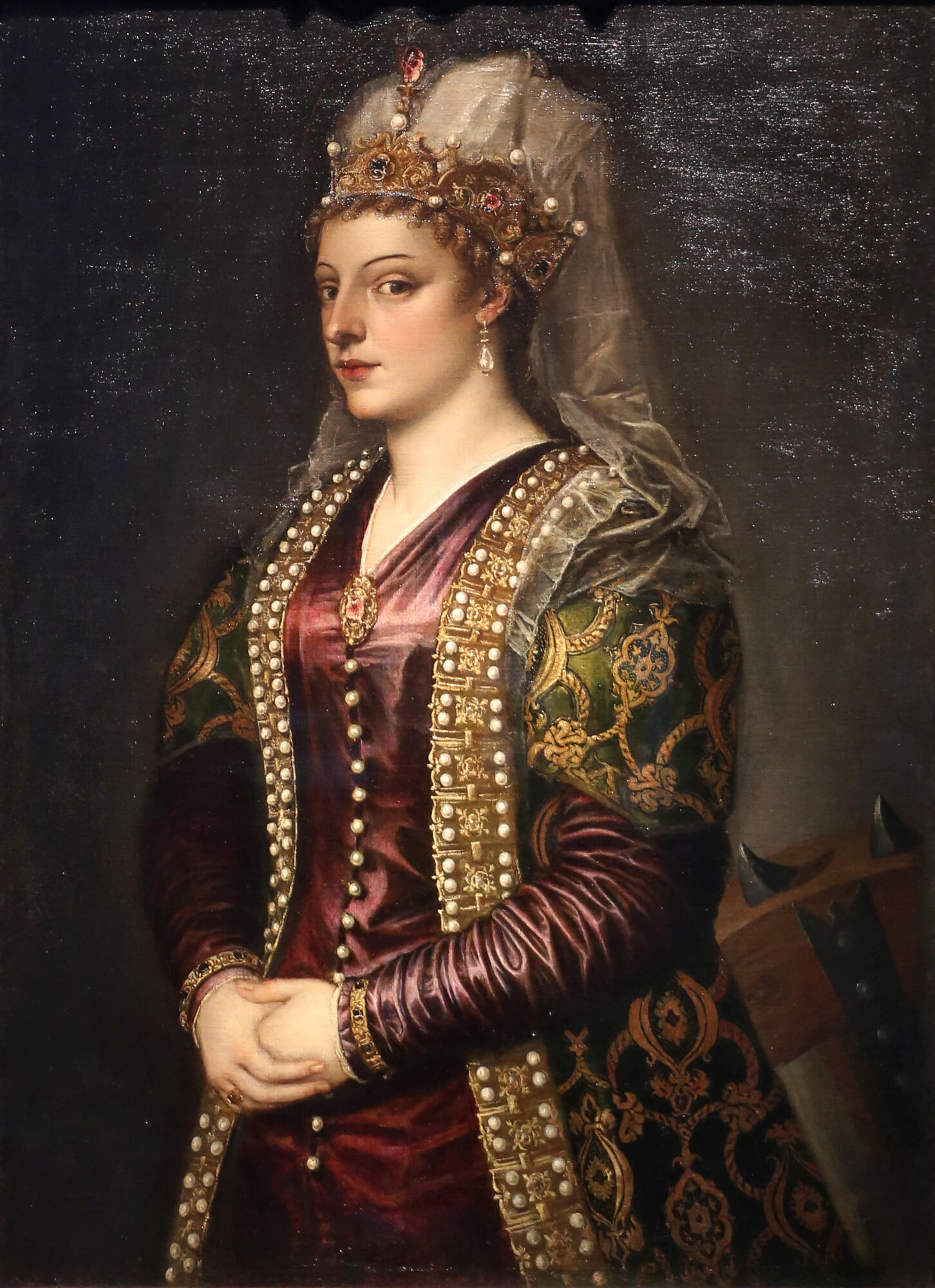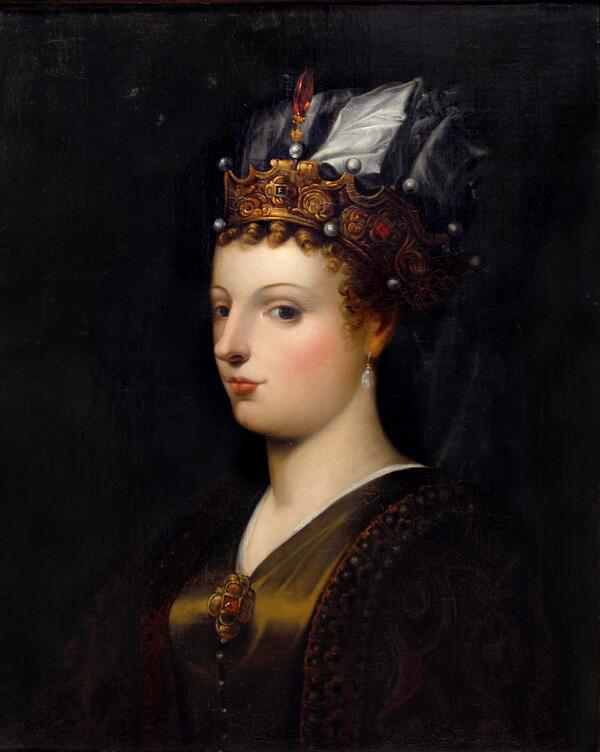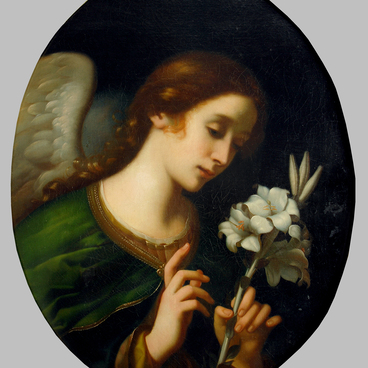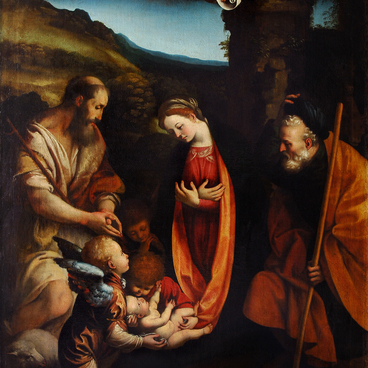The Renaissance portrait is represented in the collection of the Primorye Art Gallery by a number of works. Among them is a copy of Titian’s “Portrait of Catarina Cornaro”, presumably painted in the 16th century by an unknown artist of the Italian school.
The Venetian branch of the Cornaro family comes from the ancient Roman family of Cornelius, which gave rise to many famous statesmen and generals. Members of the Cornaro family are also known, many of them were merchants.
Catarina’s father Marco, the first Cornaro doge of Venice, was interested in foreign trade. When Catarina (Catherine) was only 14 years old, she entered into a marriage favorable for the republic with King Jacques II of Cyprus, receiving the title “Daughter of St. Mark, daughter of the Republic of Venice”, equating her with Italian princesses. The betrothal took place in Venice, where the groom was represented by his attorney. The betrothal ceremony was magnificent and took place in the Doge’s Palace. The bride’s father Marco Cornaro gave her a huge dowry. And Venice got the right to own the Kingdom of Cyprus if Jacques and Catherine die without leaving offspring.
In 1472, the 18-year-old Catarina was escorted to Cyprus with royal honors. Less than a year later, Jacques II died. After the death of her husband, Catarina became the sole ruler of Cyprus, but Venice, then ruled by Doge Nicolo Marcello, forced her to leave the throne and settle in Asolo Castle. Her life in this place in a circle of poets and scientists was described by the Italian humanist Pietro Bembo in his famous dialogues “Asolan conversations”.
Titian painted a portrait of Catarina Cornaro in the 1540s in the image of St. Catherine of Alexandria; in this three-quarter-length portrait, Catarina is dressed in oriental clothing, which hints at her status as Queen of Cyprus. Generally, Saint Catherine of Alexandria could be depicted in a crown, with a book, a sword, and a breaking wheel. She could also have a palm branch in her hand — a symbol of martyrdom for the Christian faith. Though the copy stored in the Primorye Art Gallery is a half-length portrait, Catarina’s image is still recognizable, as is her attire.
The Venetian branch of the Cornaro family comes from the ancient Roman family of Cornelius, which gave rise to many famous statesmen and generals. Members of the Cornaro family are also known, many of them were merchants.
Catarina’s father Marco, the first Cornaro doge of Venice, was interested in foreign trade. When Catarina (Catherine) was only 14 years old, she entered into a marriage favorable for the republic with King Jacques II of Cyprus, receiving the title “Daughter of St. Mark, daughter of the Republic of Venice”, equating her with Italian princesses. The betrothal took place in Venice, where the groom was represented by his attorney. The betrothal ceremony was magnificent and took place in the Doge’s Palace. The bride’s father Marco Cornaro gave her a huge dowry. And Venice got the right to own the Kingdom of Cyprus if Jacques and Catherine die without leaving offspring.
In 1472, the 18-year-old Catarina was escorted to Cyprus with royal honors. Less than a year later, Jacques II died. After the death of her husband, Catarina became the sole ruler of Cyprus, but Venice, then ruled by Doge Nicolo Marcello, forced her to leave the throne and settle in Asolo Castle. Her life in this place in a circle of poets and scientists was described by the Italian humanist Pietro Bembo in his famous dialogues “Asolan conversations”.
Titian painted a portrait of Catarina Cornaro in the 1540s in the image of St. Catherine of Alexandria; in this three-quarter-length portrait, Catarina is dressed in oriental clothing, which hints at her status as Queen of Cyprus. Generally, Saint Catherine of Alexandria could be depicted in a crown, with a book, a sword, and a breaking wheel. She could also have a palm branch in her hand — a symbol of martyrdom for the Christian faith. Though the copy stored in the Primorye Art Gallery is a half-length portrait, Catarina’s image is still recognizable, as is her attire.




